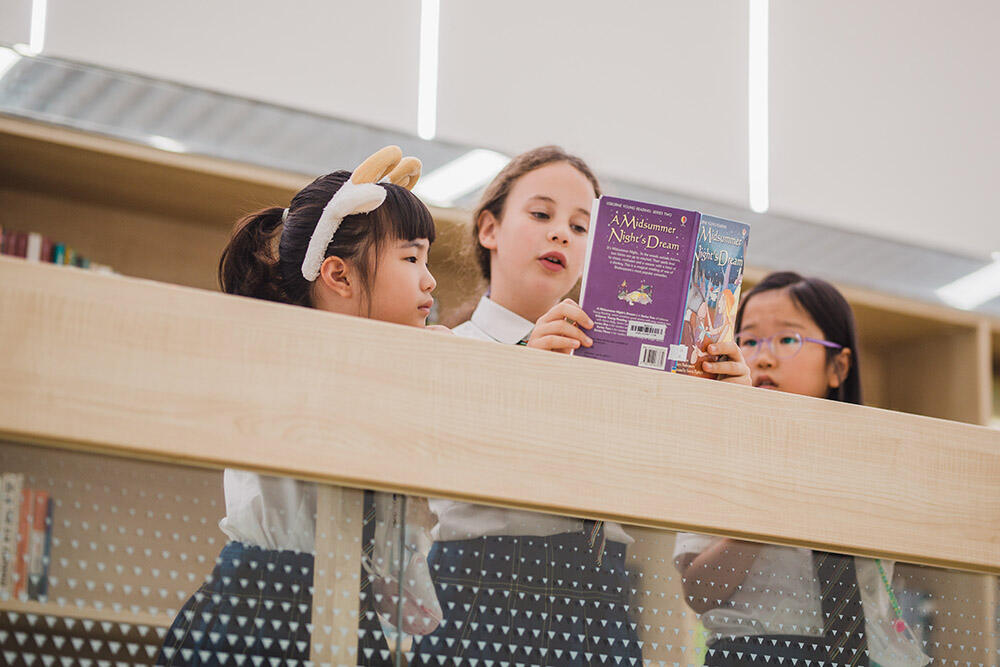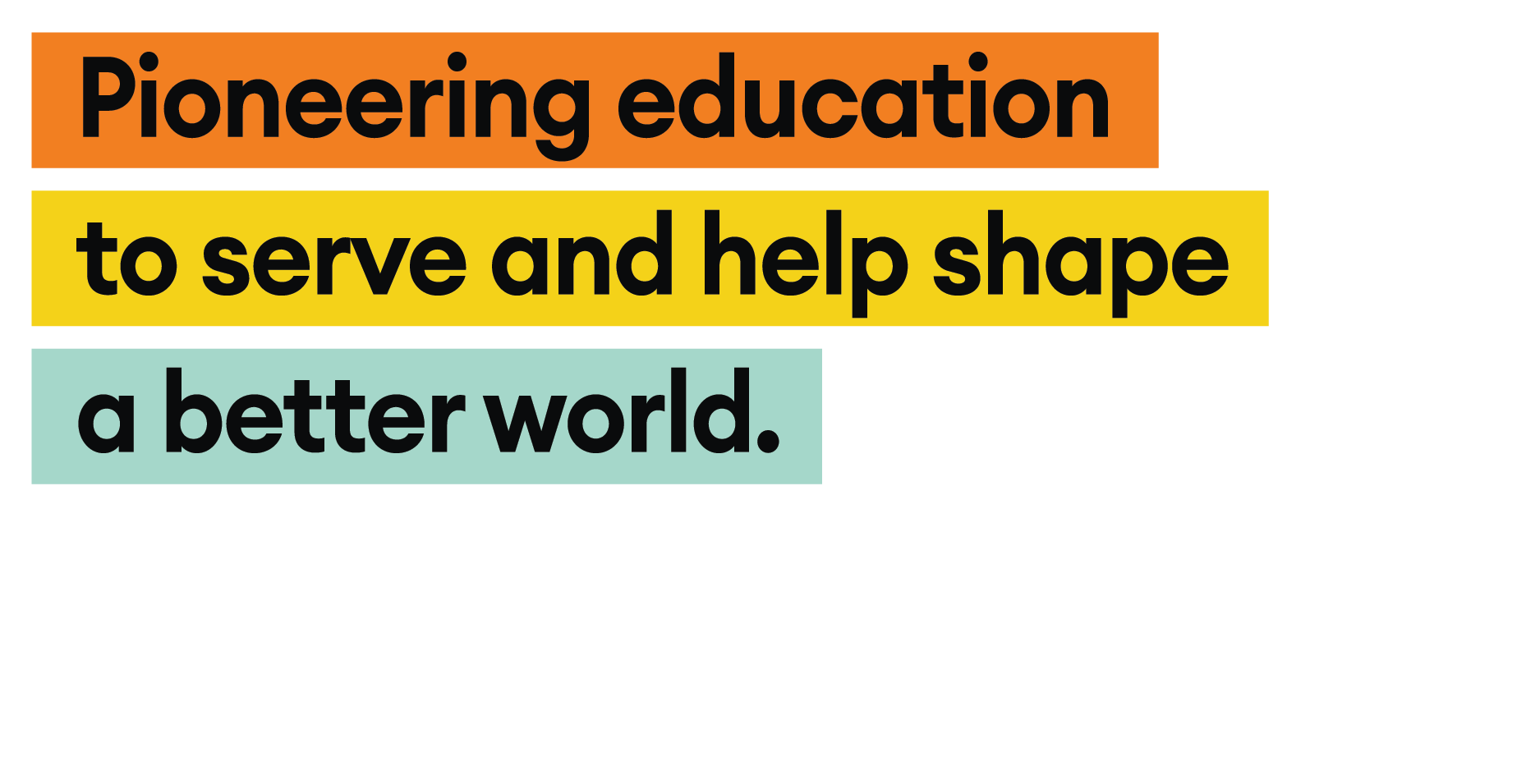Into the Classroom | Year 6 Exit Point
From Dale Cauldwell-French
Year 6 Teacher
Year 6 have been inquiring into the topic ‘What a wonderful world’. To hook pupils’ interest, they created calendars from around the world, selecting different events that are celebrated in different cultures around the world for each of the twelve months of the year. Pupils then presented this information in a calendar, adding an image for each of their chosen events, and a short passage of text explaining where the event is celebrated and the reasons why it is important to that culture.
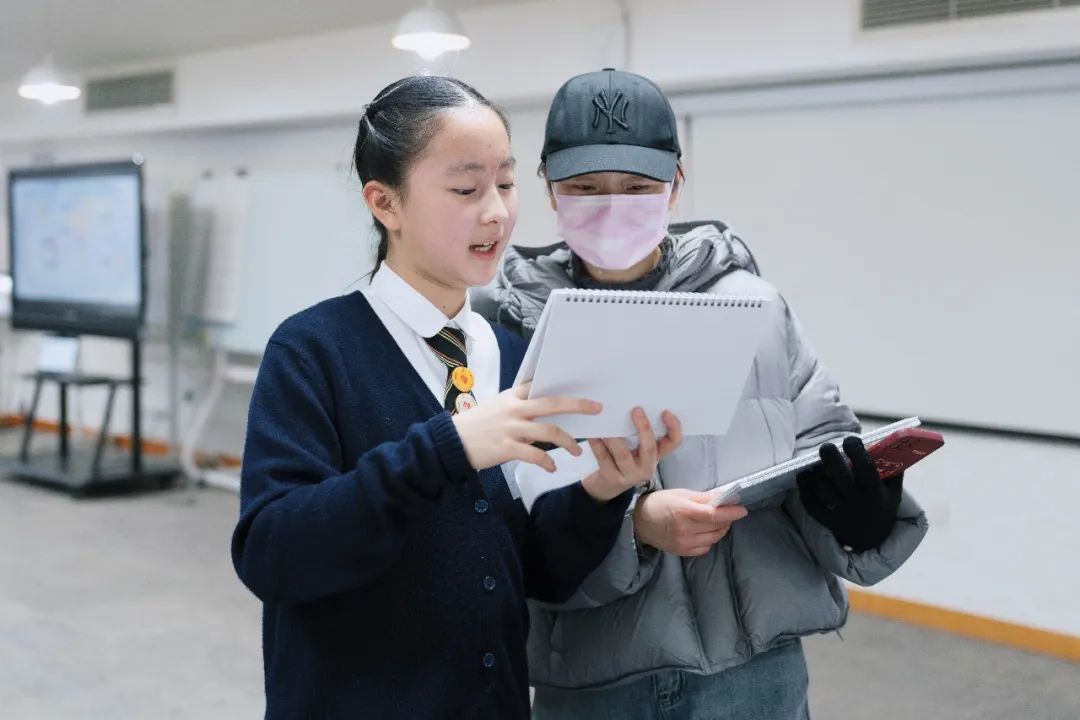

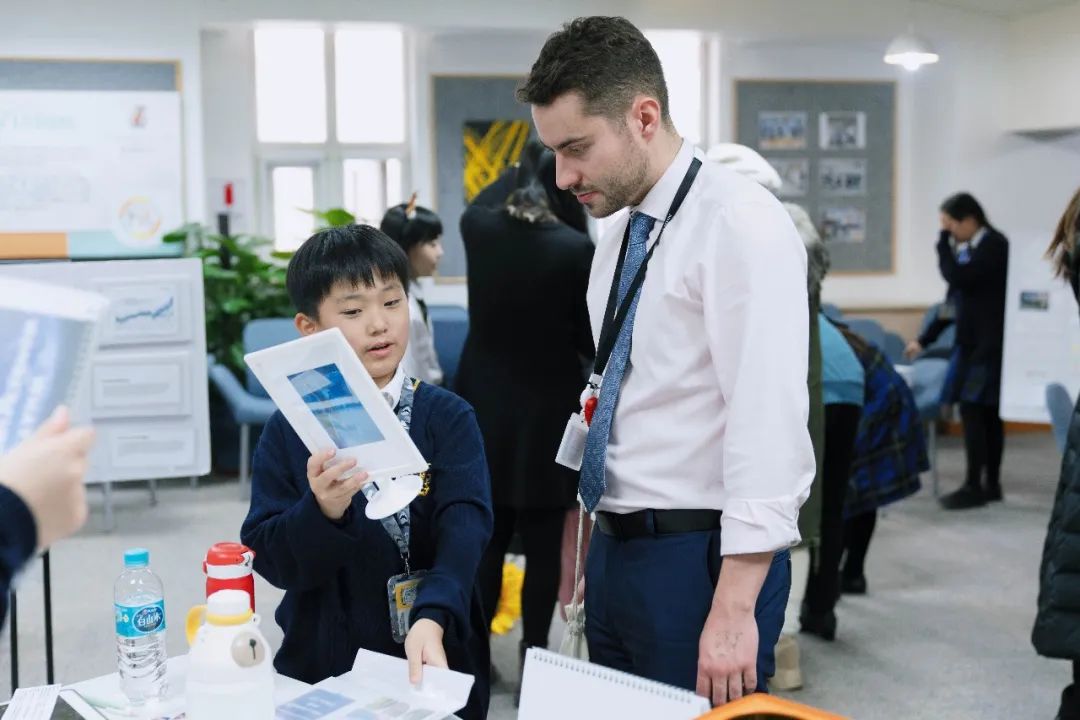
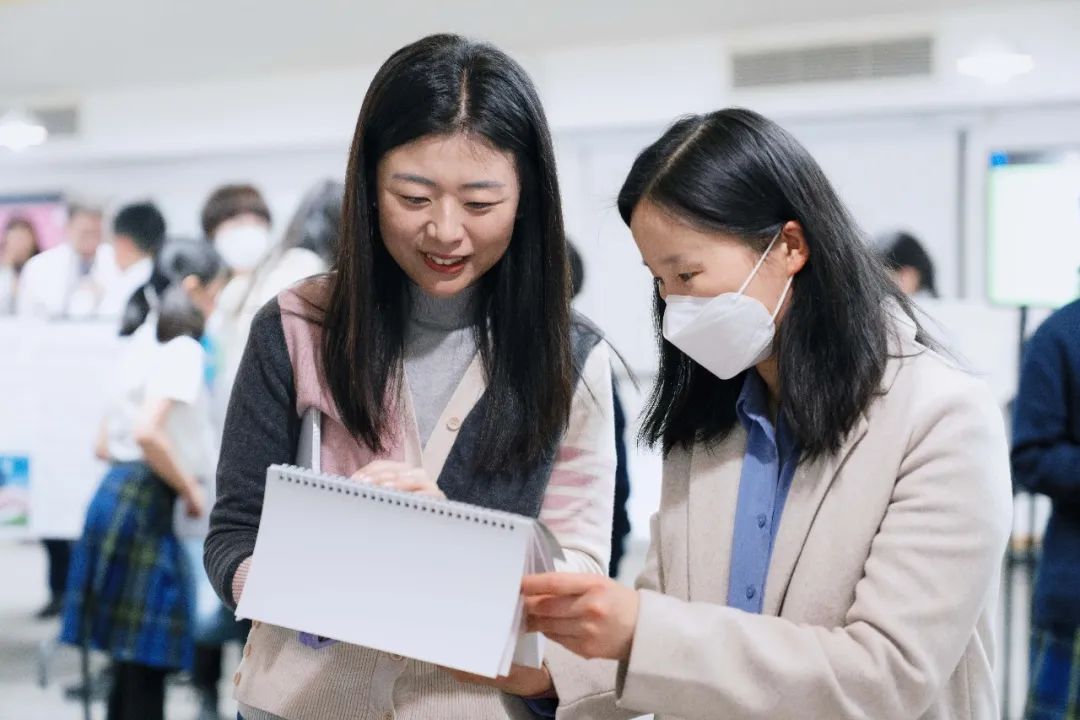
Next, pupils listened to guest speakers from around the world talk about their countries and how life there was different (and similar) to life in China. Following this, pupils were inspired and had many questions that they wanted to investigate. We decided to start with ‘does Zimbabwe have winter?’. To answer this question, we started by looking at the climate of one country (the UK), before expanding this understanding to look more globally at all the different types of climates, the features of these different climates, and where these different climates can be found around the world.
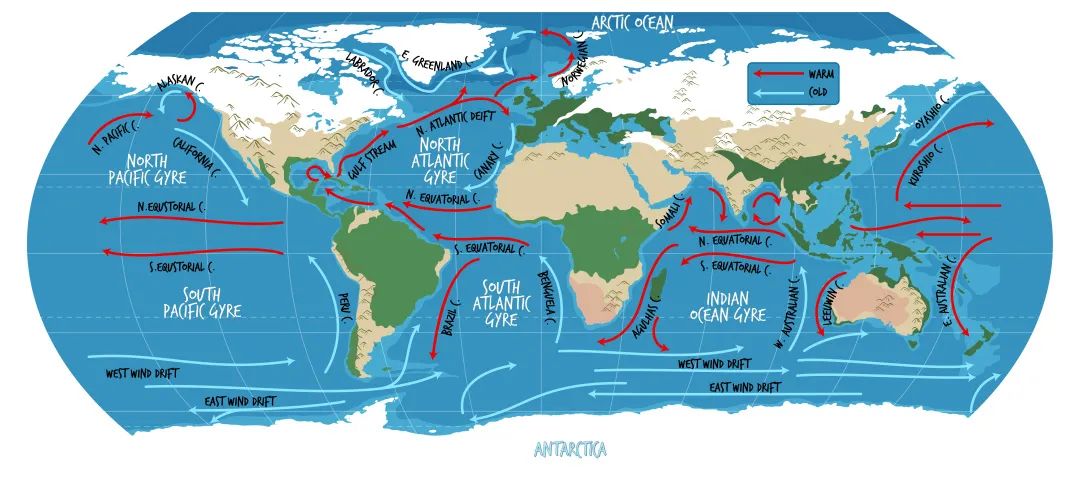
After this, pupils were able to locate different countries from around the world and identify their climates. Then, they selected one climate to make a climate report on. Working collaboratively, pupils first had to research their chosen climate in more detail, finding out information about precipitation, average temperatures, animals, and vegetation in that climate. After finding this information, pupils had to then make a script to share it orally, in English, as well as find images to match up with what was being said. After completing their reports, pupils were able to use video editing software to improve their reports, adding introductions, subtitles, and transitions.
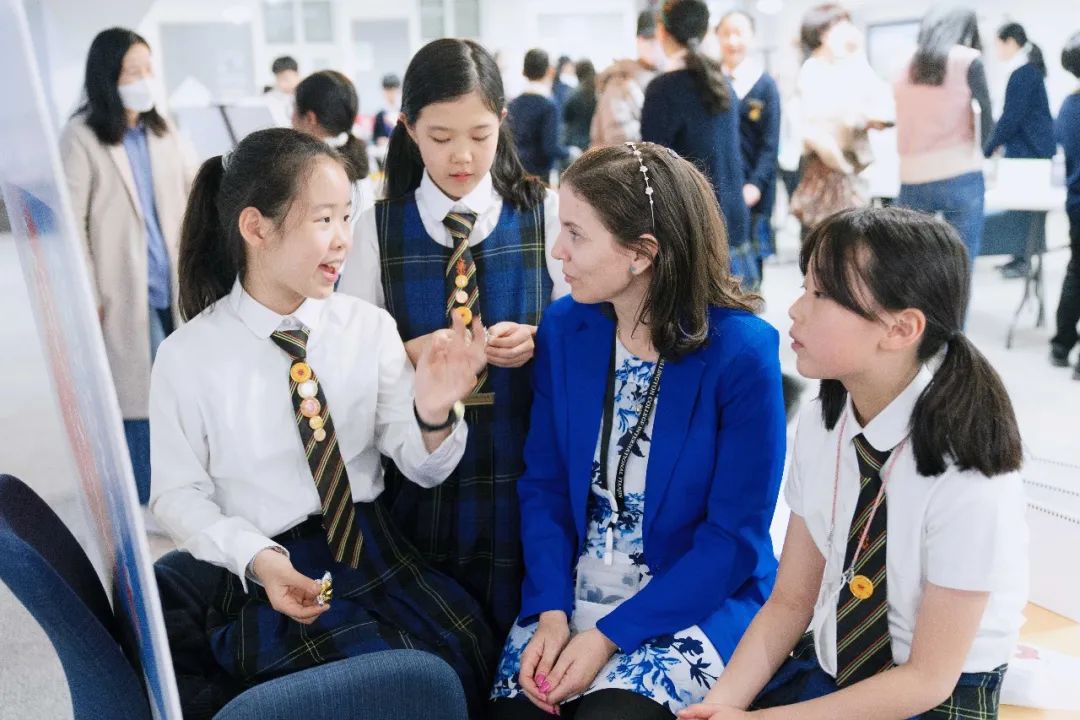
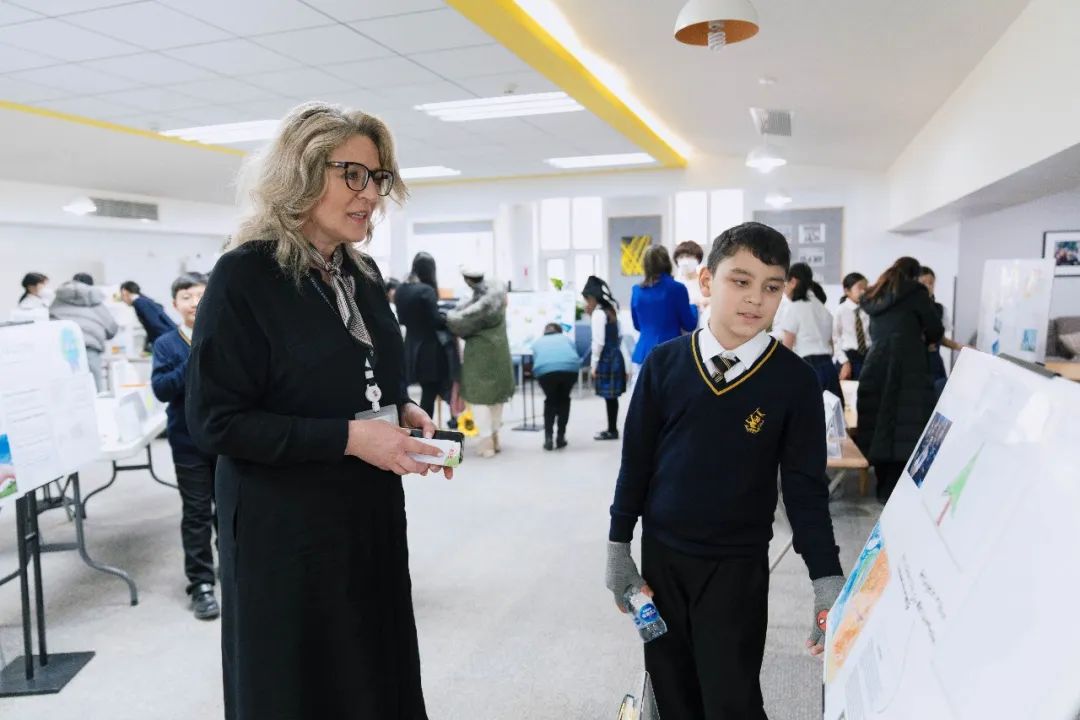
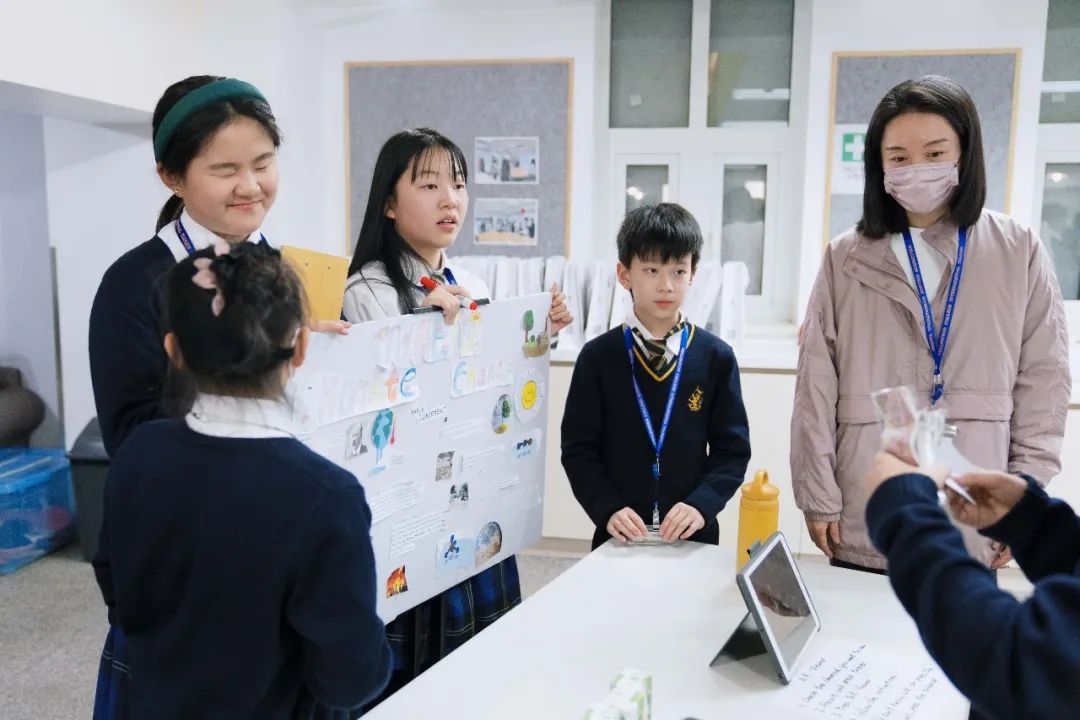
After learning so much about climates, pupils were curious about how and why there could be so many different climates around the world, which then begged the question ‘are climates always the same?’. Pupils again worked collaboratively to investigate climate change, posing five questions about the topic and sharing their findings on:
What?
-
What is climate change?
-
What can we do to prevent climate change?
How?
-
How does climate change happen?
-
How can we help prevent climate change?
-
How have climate changes happened in the past?
When?
-
When has climate change happened in the past?
-
When will we feel the effects of climate change in the future?
Where?
-
Where will be affected the most by climate change?
-
Where contributes the most to climate change?
Why?
-
Why does climate change happen?
-
Why should we care about climate change?
Pupils recorded what they found by creating boards, adding information not only in the form of written English and pictures but also in the form of videos and quizzes by using technology to generate QR codes that would link viewers of their board to the resources via their mobile devices. We then invited the parents of the year 6 pupils, as well as pupils from the rest of the junior school, to come and ask the year 6 pupils questions about their learning. This enabled the pupils to improve their oracy by explaining what they had learned to others in English, varying the complexity of their explanation according to their audience – from 6 years old to 60 years old.
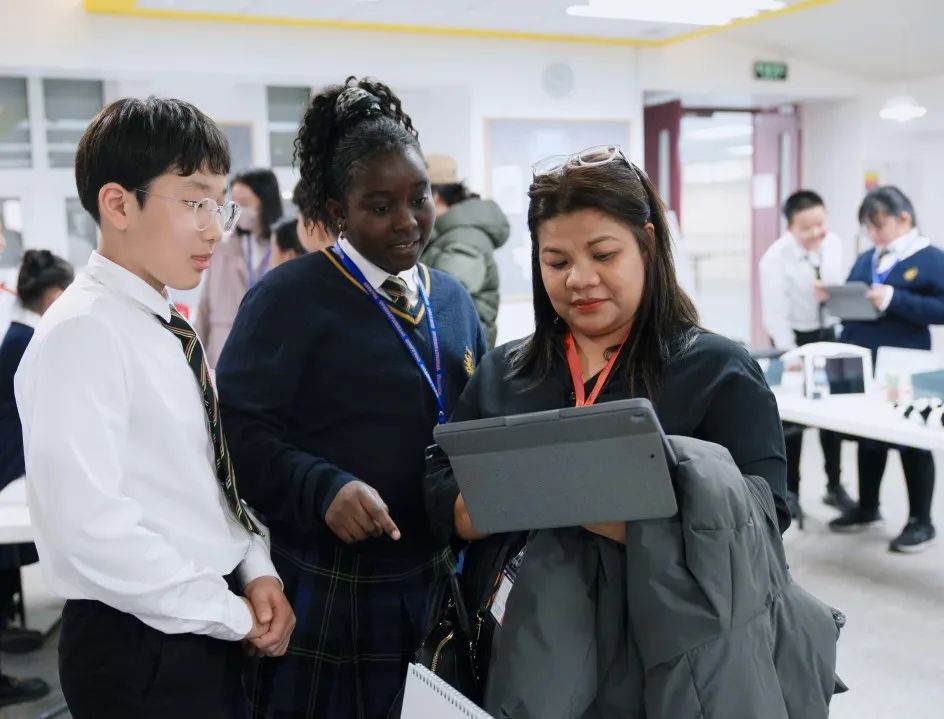
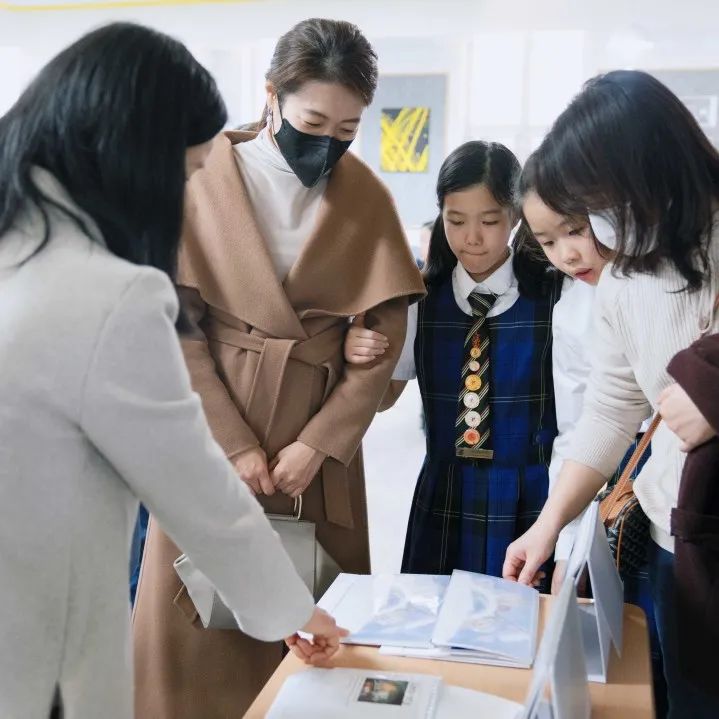
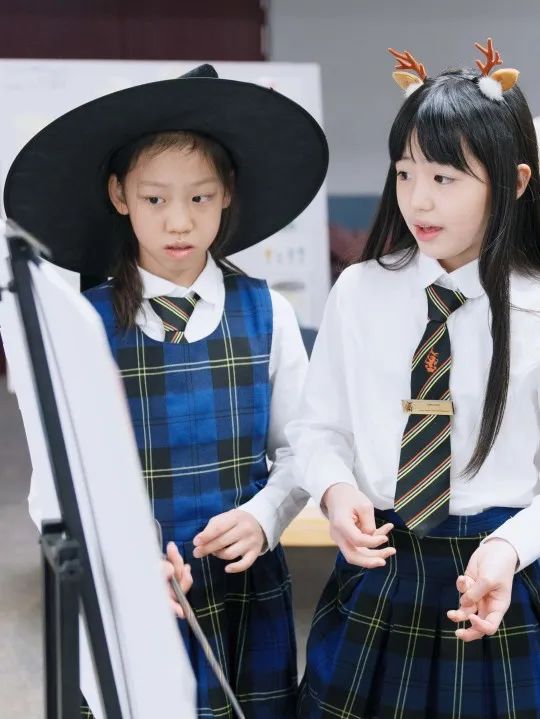
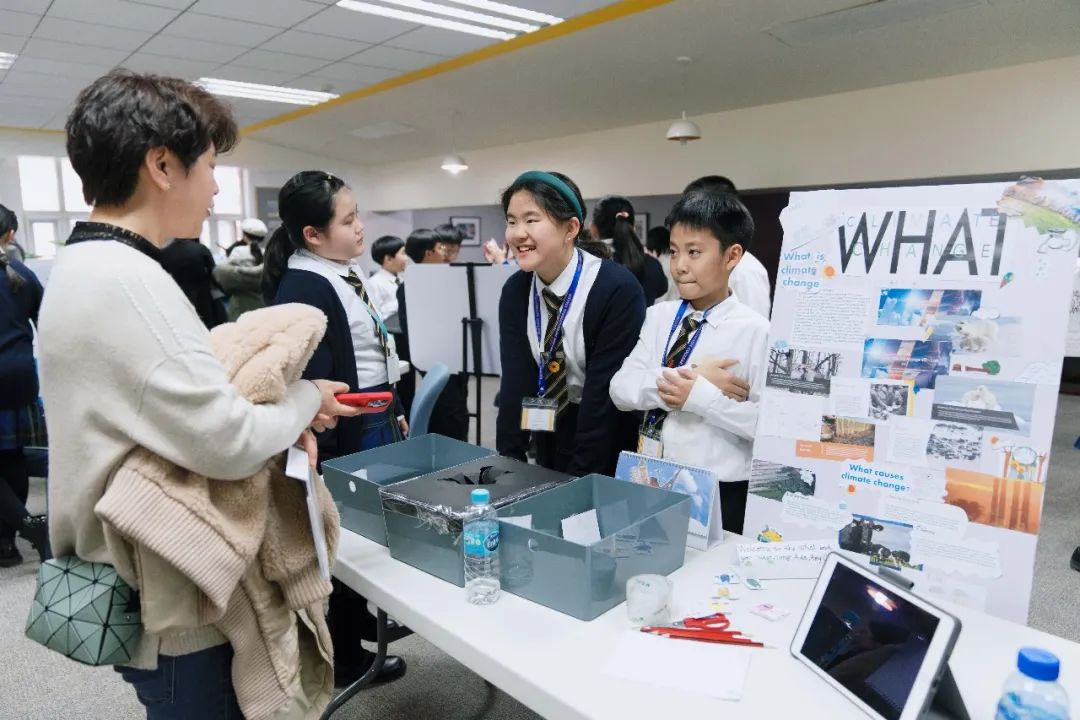
Pupils also thought about how they could make a positive difference in the world, creating and sharing lots of changes everyone can make in their everyday lives to have a positive impact on climate change, such as reducing consumption and recycling more.
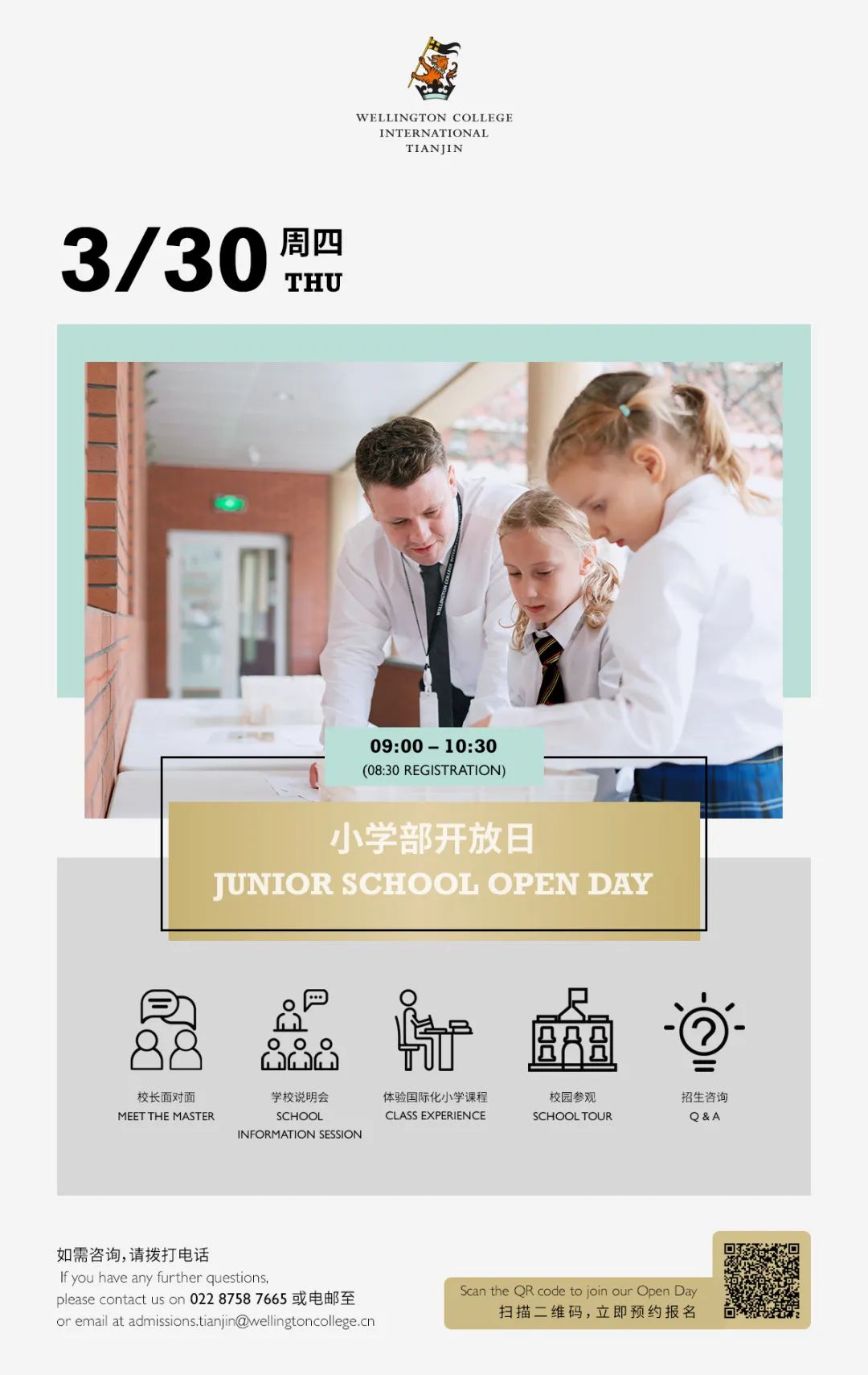
Related Articles








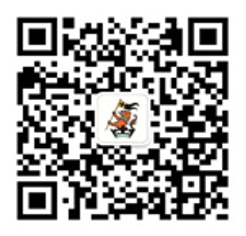
 Channel
Channel 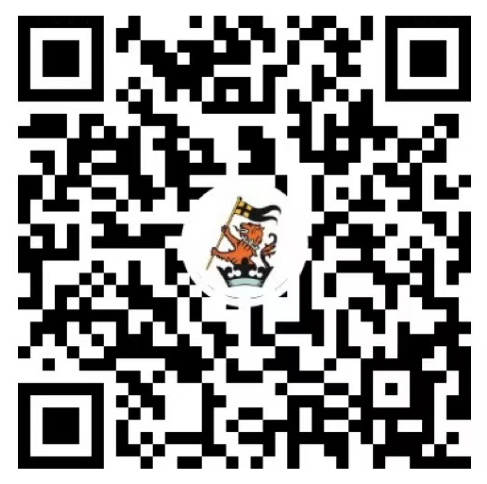
 Linkedin
Linkedin  Facebook
Facebook  Ins
Ins 

